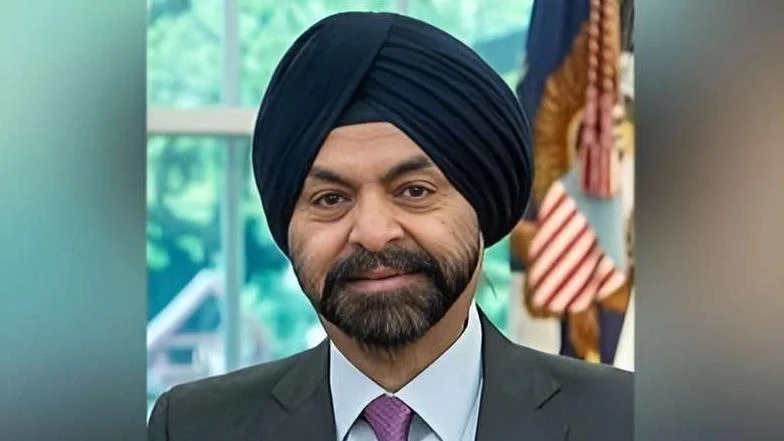The construction of a 1,303 km 225 Kilovolt (kV) transmission line has connected the electricity grids of Côte d’Ivoire, Guinea, Liberia, and Sierra Leone (CLSG), enabling cross-border electricity trade. This project has provided affordable and renewable electricity to approximately 2.8 million people in Guinea, Liberia, and Sierra Leone. The initiative also reduced greenhouse gas emissions by about 13.8 million tons of CO2.
Another development is the completion of a 228 km 225 kV transmission line linking Kayes in Mali with Tambacounda in Senegal. This has improved electricity access for 404,000 people across Mali, Mauritania, and Senegal.
The Gambia River Development Organization (OMVG) Interconnection project enhanced access to clean and reliable electricity for over 2.5 million households and businesses in Guinea, Guinea-Bissau, Senegal, and The Gambia.
In another project under the North Core Interconnection initiative, a 913 km 330/225 kV transmission line was constructed to connect Benin, Burkina Faso, Niger, and Nigeria. It is expected to deliver affordable electricity to these countries and provide rural electrification to about 1.2 million people in Niger and Burkina Faso.
Despite challenges such as weak institutional capacity and high power generation costs from thermal sources like oil and coal in Sub-Saharan Africa, these projects aim to improve energy access significantly. Only 52 percent of the population had access to electricity in Western and Central Africa as of 2020.
The World Bank Group's regional integration approach supports developing efficient regional electricity markets through the WAPP master plan covering regions from Nigeria to Senegal. "Reducing electricity supply costs," "improving security of supply," and "allowing economies of scale" are some benefits cited by this approach.
The World Bank Group is investing in power generation projects that support cross-country interconnections while working on policy harmonization for cross-border trade facilitation. An estimated $40 billion could be saved through regional energy sector integration according to one report.
As of October 2024, more than 4,000 km of transmission lines have been constructed with World Bank support connecting countries from Senegal to Nigeria benefiting over 18 million people since its inception between years like those from the WAPP Master Plan supported by IDA funds having significant impacts on current energy challenges along future growth prospects promoting regional markets within West Africa too.
Completed back then during earlier years like those before now such examples include CLSG facilitating trade expanding access where Liberia or Sierra Leone meet demands replacing costly thermal generators improving fiscal situations directly benefiting around millions who depend upon imports while Côte d’Ivoire exports clean hydro generating revenue increases therefrom simultaneously achieved via OMVS Transmission Expansion improving networks among participating nations increasing shares among cleaner energies enhancing exchanges ensuring transits quotas maintaining reduced outages averages reduced emissions supporting women’s empowerment municipalities improved livelihoods alike per reports thereof!
Other developments included OMVG Interconnection extended longer lines across Guinea River Basin Development Organization countries promoted trades secure supplies facilitating larger hydropower generations enabling transitions away expensive fuels achieving total capacities eightfold higher loads service reliability businesses increased among households therein meanwhile similar goals reached via North Core Project delivering cheaper costs enhancing rural electrifications providing accesses broadening impacts reaching further beneficiaries including thousands who benefit continuously ongoing efforts aimed expansions future integrations across borders paving ways investments large-scale solar generations exporting opportunities eventually!
The World Bank provided more than $1.1 billion through IDA financing towards four key projects involved collaborations between national governments development partners financing technical assistance organizations private sectors aligning goals laying foundations subsequent market integrations ultimately!
Looking ahead long-term success envisioned particularly around CLSG anticipated increased numbers benefitting designed accommodating future demands interconnected grids advancing despite existing challenges encouraging trades growing potentials continuing focus operational systems integrating broader networks maximizing overall benefits offered regionally cooperative outcomes expected positively impacting renewable energy transitions private sector investments expanded export possibilities progressively realized sooner later according projections available recently...

